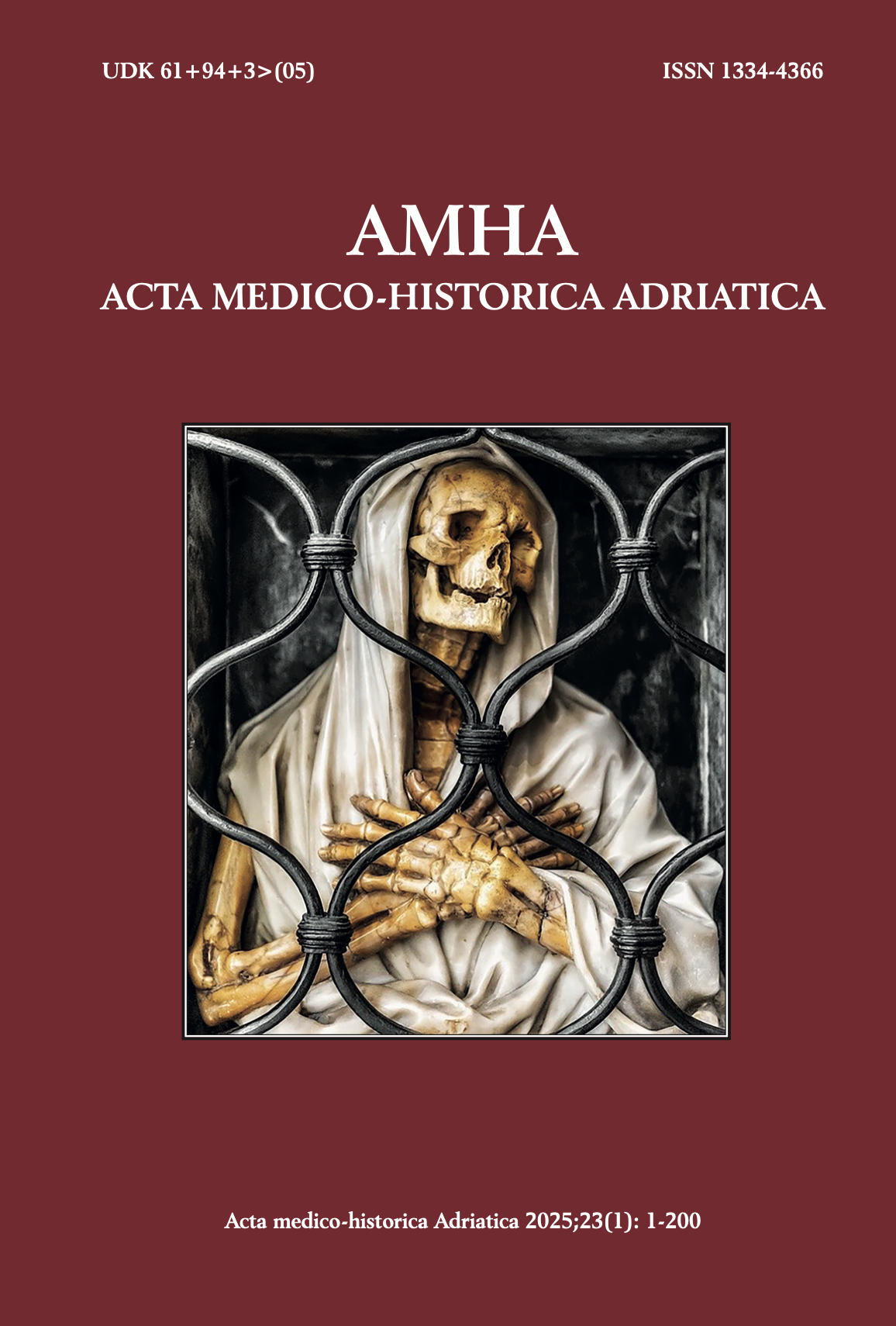Purgatory, iconization of suffering and devotional aspects
Keywords:
Purgatory, cult of the dead, cult of souls in Purgatory, Gisleni’s tomb, Triumph of Death, transi tomb, double burial, votive shrinesAbstract
Purgatory is a relatively recent theological innovation in the geography of the otherworld. It was born in the late Middle Ages, associated with profound changes in the collective sensitivity including a different vision of death centred on the fear of bodily corruption and body-soul dialogue, and a distinctive attitude towards the macabre. Since its affirmation, Purgatory appeared as a dimension closely connected with the earth as it seemed to prolong the time of earthly life. Indeed, unlike Heaven and Hell which were immutable and eternal realities, Purgatory was a transitory state of punishment that preluded the final entry into Heaven; furthermore, although locked up in this place of penitence and suffering, the purging souls were allowed to dialogue with the living. Combining pain with the wait for liberation in Heaven, Purgatory was therefore an intermediate place of both suffering and hope for the coveted bliss. The settlement of Purgatory had the effect of reducing the fear of eternal damnation, and therefore the terror of Hell was replaced by that of one's own death and the consequent decomposition of one's body, thus contributing to the emergence of the macabre. Indeed, death and the morbid became typical attributes of purgatorial themes. The cult of Purgatory spread throughout Europe in the XVII century, based on the possibility to relieve the suffering of the dead through the suffrages of the living. This article is about the beliefs, themes and customs related to Purgatory, focusing above all on the numerous evidences coming from Naples, where the worship of Purgatory was particularly intense and took on peculiar characteristics. An attempt is made to analyse the most popular aspects of the cult and the testimonies concerning it, which today remain represented by persistent traces of the cult of the skulls, by the presence of urban votive shrines and by modern funerary practices based on double burial. As a whole, the cult of Purgatory as a popular devotion has waned, but it is still attested by the numerous street-shrines featuring niches populated by figurines of the suffering souls engulfed in the flames. The study of the cult of Purgatory can help to understand the relationships between the individual and death, the body and the soul, suffering and hope.


